Thymus ‘Pink Chintz’
$13.00
Genus:Thymus
Species:serpyllum
Variety:’Pink Chintz’
Item Form:1-Quart
Zone:5 – 9
Bloom Start to End:Early Summer – Mid Summer
Habit:Dwarf
Height:2 in
Width:12 in
Additional Characteristics:Award Winner,Butterfly Lovers,Easy Care Plants,Fragrance
Bloom Color:Light Pink
Foliage Color:Dark Green
Light Requirements:Full Sun
Moisture Requirements:Moist, well-drained
Resistance:Deer Resistance,Disease Resistant,Drought Tolerant,Pest Resistant
Soil Tolerance:Normal, loamy
Uses:Fall Color,Beds,Border,Containers,Ground Cover,Ornamental,Winter Interest,Idaho
Royal Horticultural Society Award of Garden Merit
‘Pink Chintz’ is a flowering, dwarf, evergreen (in mild winters) subshrub offering 3 seasons to year-round interest, blooming profusely from early to midsummer. Borne in terminal whorls, the small, 2-lipped, tubular pale pink flowers are nectar rich and well-loved by bees and butterflies.
A Thymus serpyllum, commonly called creeping thyme, wild thyme, or mother-of-thyme, ‘Pink Chintz’, an herbaceous perennial, has a compact, mat-forming habit and a rapid growth rate. Primarily grown as a ground cover, the plant spreads over time by rooting stems. The small, fuzzy, dark green leaves are aromatic, having a pleasing scent when crushed. Shown to best effect when massed, ‘Pink Chintz’ is an excellent edging plant for pathways or filler for crevices between steppingstones, where foot traffic releases its aroma. Well-adapted to urban environments, the plant grows beautifully in beds, borders, or containers, and it will happily sprawl, tumble, and cascade over rocks and ledges in a rock garden.
Easy to grow and low maintenance, creeping thyme prefers a sunny location with average to dry well-draining soils, having a neutral to alkaline pH. It not only tolerates poor soils but thrives in sandy, gritty, or rocky soils. However, it will not tolerate wet soils. Creeping thyme is deer, rabbit, and disease resistant and relatively pest free.
| Weight | 1 kg |
|---|---|
| Dimensions | 1 × 1 × 1 cm |
Shipping Time
Shipping is an additional 15-35 business days depending on location. Shipping time will be provided at checkout.
Returns
If seeds fail to leave China, we will refund your payment 100%. But if seeds fail to reach you due to customs problem on your side which we were not informed in advance, we will not be able to bear any loss, and no refund will be made.
We sell only viable plants seeds online, and test germination of our seeds from time to time. So we will not be able to refund for seeds that clients fail to germinate, unless we are convinced that it's truly problem of our seeds.
———
Please send us an email: [email protected] and be as detailed as possible while filling in the information.
After submission, We will reply to you within 24 hours. Please be patient.
———
CHARGEBACKS & DISPUTES
Please contact us by email before opening a merchant chargeback or payment dispute, as we can generally resolve the issue before that takes place. Any chargebacks and disputes disable our ability to issue refunds or credits due to funds being frozen.
———
REFUND, EXCHANGE AND RETURN
Customers have the right to request a refund/ return/ exchange within 14 days from the delivery date. Our Customer Service team will offer the best solutions for specific situations.

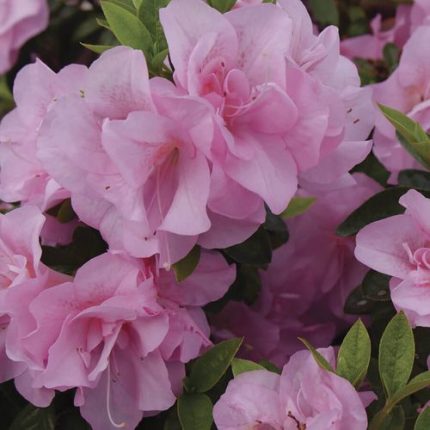

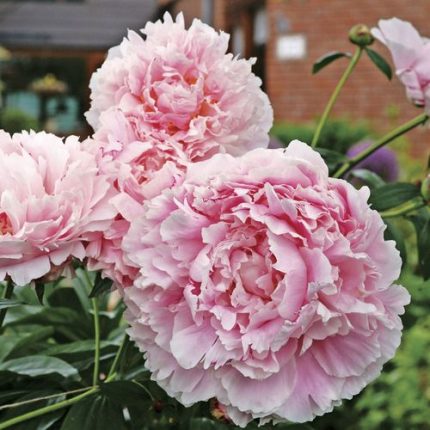
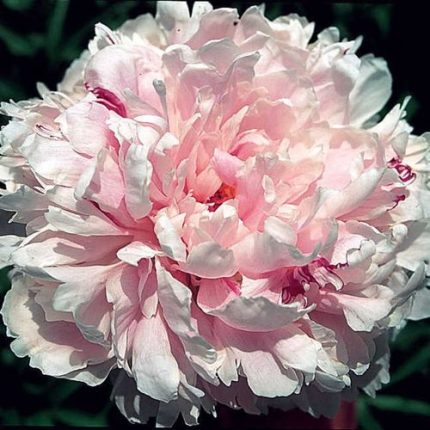
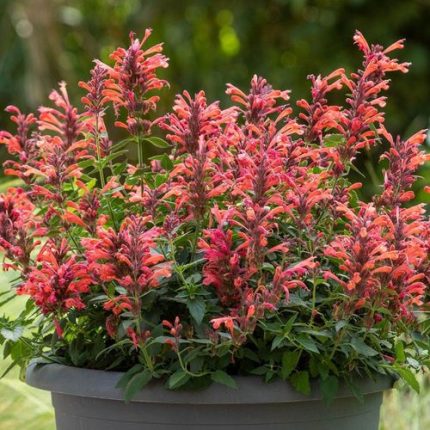

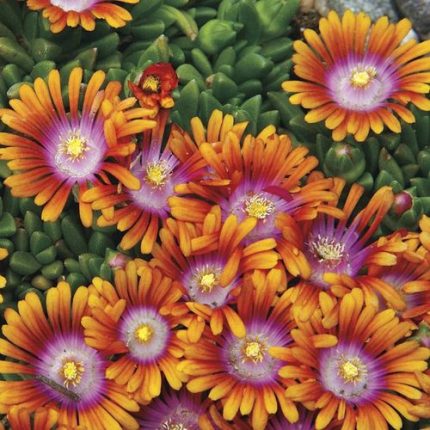
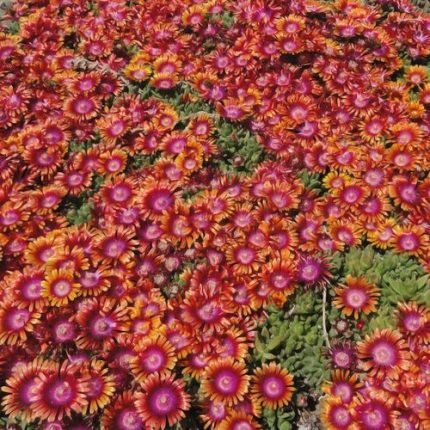
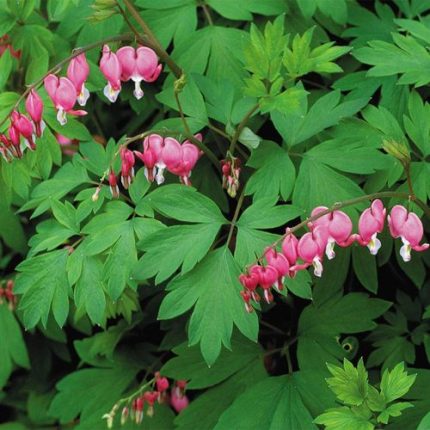
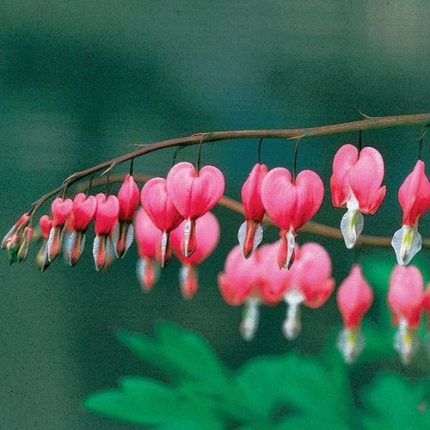
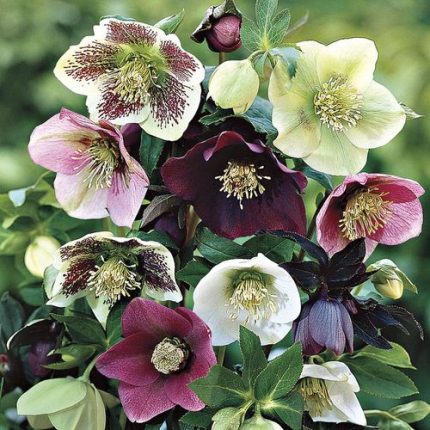
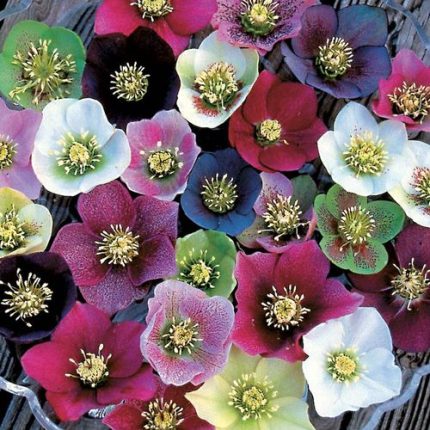
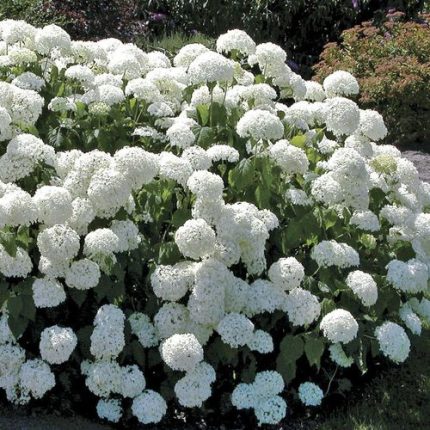
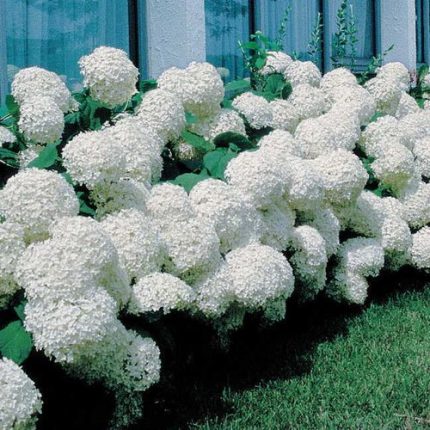
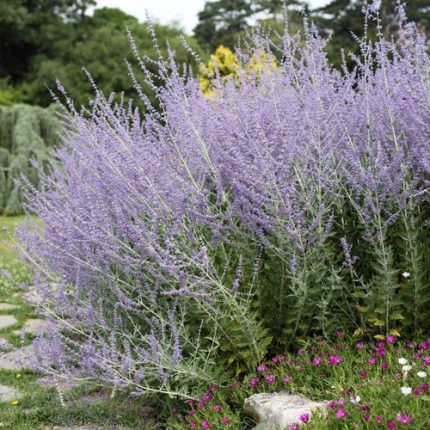
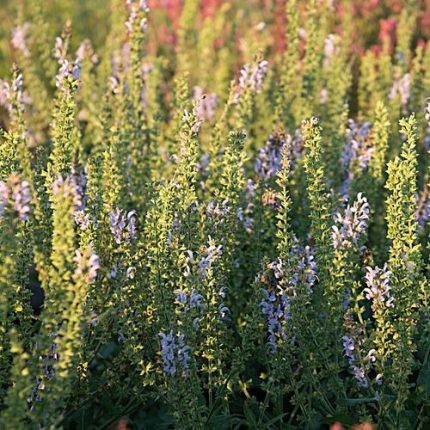
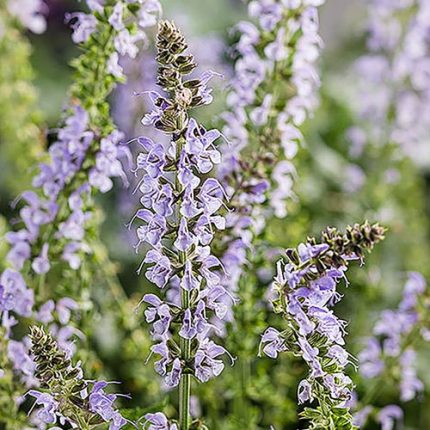
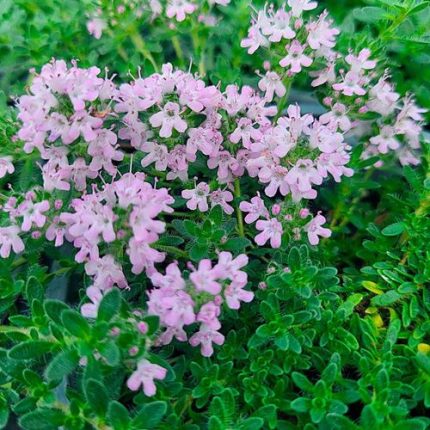
Reviews
There are no reviews yet.